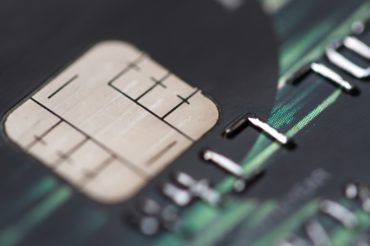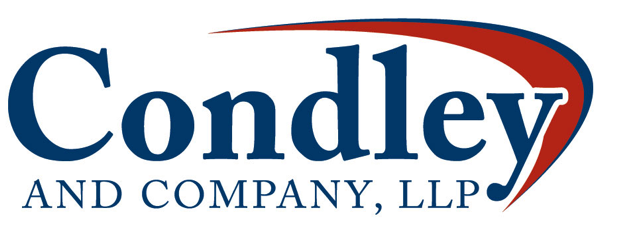
Banks have been sending millions of Americans credit and debit cards equipped with computer chips to improve the security of in-store purchases. Simultaneously, banks and credit companies are pushing merchants to upgrade their payment terminals so that they can read the chips on the card and bring the U.S. in line with credit card security in much of the rest of the world. Card users will benefit from understanding what is happening so they will be ready when lines form at checkout lines this holiday shopping season. Here are a few important things to know:
What is a chip card – A chip card, also called a smart card, is a credit or debit card with a computer embedded chip in the face of the card. Nearly all of the chip cards that banks are sending still have magnetic strips that will be used by stores that don’t have chip-card readers.
How to Use a Chip Card – GoChipCard.com is a great resource on how to properly use the new card. Insert the card at the bottom of the terminal with the chip toward the terminal facing up. Provide your signature or PIN as prompted by the terminal and remove your card when the transaction is complete.
Are Chip Cards More Secure? Are They Necessary? – Yes. Chip cards are light years ahead of magnetic stripe cards in terms of security. The chip in the card is communicating with the network being the terminal to enhance security as opposed to simply forwarding your card number and related data to the network, as with the magnetic stripe approach.
Why is a PIN Still Necessary with this Added Security – The main reason for a PIN or signature is to provide the merchant further evidence that the user of the card is the actual owner of the card.
What About Online Shopping? – The chip in the card offers no improvement in security when you’re using your credit card number to shop online. It will be the same as if the card were a magnetic stripe card.
To read the entire article, please visit www.computerworld.com
